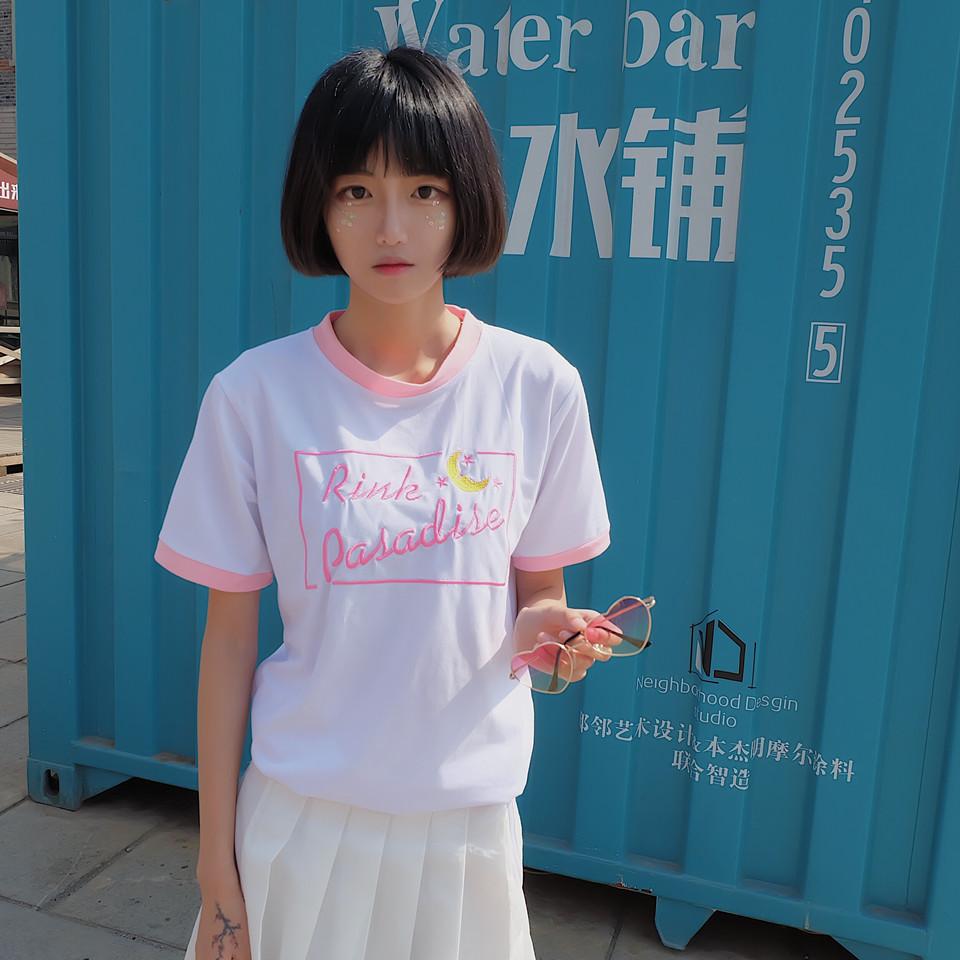Introduction
In recent times, the concept of kawaii trend has gained recognition both in Japan and around the globe. Characterized by its cute and playful aesthetic, kawaii outfits are a unique form of self-expression that has captivated trend fans of all ages. This text aims to explore the science behind aesthetic kawaii outfits, uncovering the psychological and sociological factors that contribute to their enchantment.
The Psychology of Kawaii
The term "kawaii" is derived from the Japanese phrase for cute, and is commonly associated with a way of innocence, vulnerability, and adorableness. Psychologists consider that the attraction of kawaii trend lies in its capability to evoke optimistic emotions and create a way of comfort and security. The use of pastel colours, cartoon characters, and whimsical motifs in kawaii outfits can trigger emotions of nostalgia and bring again recollections of childhood.

Furthermore, analysis has proven that exposure to cute images can activate the brain's reward system, leading to the discharge of dopamine, a neurotransmitter related to pleasure and motivation. This neural response to kawaii stimuli might explain why persons are drawn to kawaii vogue, as it provides a fast and straightforward means to boost temper and elevate one's spirits.
The Sociology of Kawaii
From a sociological perspective, kawaii style will be seen as a form of rebellion in opposition to conventional magnificence requirements and gender norms. By embracing a style that prioritizes cuteness over sexiness, kawaii fans problem societal expectations and assert their individuality. In a tradition that values conformity and uniformity, kawaii style provides a space for self-expression and creativity, allowing individuals to carve out a novel identity in a sea of homogeneity.
Moreover, kawaii trend is commonly associated with youth and femininity, as it is often worn by teenage girls and young ladies. The prevalence of kawaii outfits in widespread media, equivalent to anime and manga, has contributed to the widespread adoption of this aesthetic amongst a younger demographic. By carrying kawaii clothes, people can signal their membership in a subculture that values playfulness, lightheartedness, and self-care.
The Aesthetics of Kawaii
In terms of aesthetics, kawaii outfits are characterized by their use of vivid colors, whimsical patterns, and oversized accessories. Pastel hues like pink, lavender, and mint green are generally used in kawaii trend to create a mushy and soothing palette that appeals to the senses. In addition, kawaii outfits typically function adorable motifs corresponding to hearts, stars, and animals, which add a playful and childlike charm to the overall look.
One key ingredient of kawaii style is the idea of "cute aggression," which refers to the contradictory feelings of eager to hug and squeeze something that's overwhelmingly adorable. This phenomenon is often seen in kawaii outfits that characteristic exaggeratedly large bows, ruffles, and frills, which mimic the appearance of doll-like clothing. By exaggerating certain options and proportions, kawaii style taps into our innate need to nurture and protect cute and weak issues.
Conclusion
In conclusion, the science behind aesthetic kawaii outfits reveals a complex interplay of psychological, sociological, and aesthetic components that contribute to their reputation. By harnessing the power of cuteness and childlike innocence, kawaii vogue presents a type of escapism and self-expression in a world that can typically feel overwhelming and chaotic. Whether or not worn as a type of rebellion, a supply of consolation, or a means of inventive expression, kawaii outfits hold a unique and enduring enchantment that transcends cultural boundaries.








